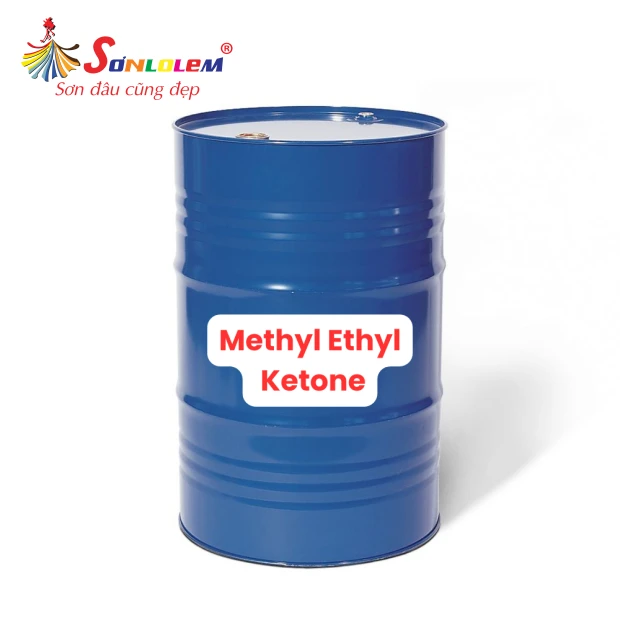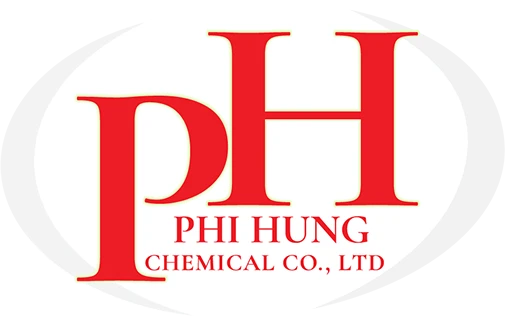

Methyl Ethyl Ketone
Methyl Ethyl Ketone
Product information:
What is Methyl Ethyl Ketone (MEK)?
Methyl Ethyl Ketone (MEK) is an organic compound that appears as a colorless liquid with a smell similar to butter or acetone. This chemical is also known by other names, such as Butanol and Methyl Propanol.
What is Methyl Ethyl Ketone?
Methyl Ethyl Ketone, abbreviated as MEK, has the chemical formula C₄H₈O or CH₃C(O)CH₂CH₃. It has a low boiling point and is highly soluble in water, synthetic resins, and various rubbers. Additionally, this chemical is highly reactive to heat and can easily cause explosions when exposed to high temperatures.
How is Methyl Ethyl Ketone Produced?
MEK can be naturally found in certain fruits, but it is primarily produced industrially due to its high efficiency and practicality.
MEK is synthesized through the oxidation of Butanol using a copper catalyst, with the following chemical reaction:
CH₃CH(OH)CH₂CH₃ → CH₃C(O)CH₂CH₃ + H₂
Chemical Properties of Methyl Ethyl Ketone
- Molecular Formula: C₄H₈O
- CAS Number: 78-93-3
- Molecular Weight: 72.11 g/mol
- Density: 0.8050 g/mL
- Melting Point: −86°C (187 K; −123°F)
- Boiling Point: 79.64°C
- Freezing Point: -86°C
- Water Solubility: 27.5 g/100 mL
- Appearance: Colorless, transparent liquid
- Odor: Distinctive, similar to acetone
- Vapor Pressure: 30 kPa
- Viscosity: 0.43 cP
Applications of Methyl Ethyl Ketone
- Used as a solvent to dissolve cellulose acetate, nitrocellulose, and vinyl.
- Applied in industries such as textiles, lacquer coatings, and handicrafts.
- A primary ingredient in industrial cleaning agents, particularly for paint removal.
- Used as a solvent for removing hair dye and ink.
- Serves as a plastic welding agent in bonding processes.
- Commonly used in laboratory research.
- Acts as a catalyst in polymerization reactions.
Safety Considerations When Using Methyl Ethyl Ketone
Effects on Humans
MEK is highly flammable and can react with many oxidizing agents. If exposed to high temperatures, such as direct sunlight or fire, it may cause an explosion. In case of fire, CO₂ or alcohol-based foam should be used to extinguish it—never use water.
Ketones are present in cigarette smoke and can be harmful when inhaled. Short-term exposure can cause discomfort and difficulty breathing, while long-term exposure may lead to lung damage and respiratory diseases.
Environmental Impact
Studies conducted by American experts have shown that ketones contribute to air pollution due to their volatile organic compounds (VOCs), which can lead to ozone formation in the lower atmosphere. However, in 2005, the U.S. Environmental Protection Agency (EPA) removed MEK from the list of hazardous air pollutants.
Important Precautions When Handling MEK
- Avoid contact with eyes: Direct exposure can cause serious eye damage, including permanent blindness. If exposure occurs, immediately rinse with a disinfectant solution and seek medical attention.
- Avoid prolonged skin contact: This can cause allergic reactions or dermatitis. Wash the affected area thoroughly and use detoxifying agents to ensure safety.
- Inhalation risks: Inhaling MEK vapors can cause headaches, dizziness, and even severe effects on the central nervous system. In severe cases, it may lead to nausea and respiratory issues. Seek immediate medical attention if symptoms occur.
- Ingestion hazards: Swallowing MEK can result in vomiting, lung inflammation, or pulmonary swelling. If ingested, the affected individual must be taken to a medical center immediately for gastric cleansing.
- Workplace safety: If working in an environment with frequent MEK exposure, always wear protective equipment such as gloves, masks, and respiratory protection.
- Industrial safety measures: Companies should equip workplaces with proper ventilation systems and emergency safety measures to reduce exposure to toxic fumes.
By following these guidelines, users can minimize health and environmental risks while handling Methyl Ethyl Ketone safely.


 Tiếng Việt
Tiếng Việt